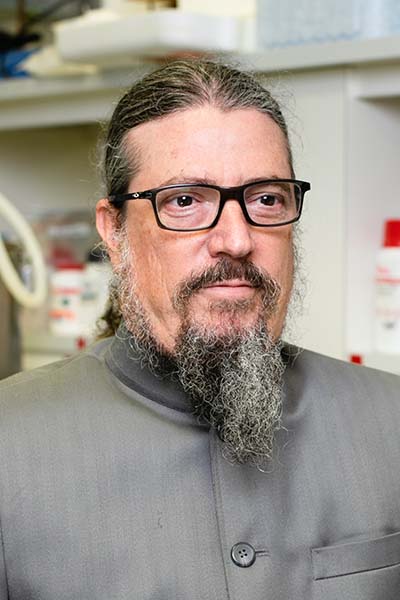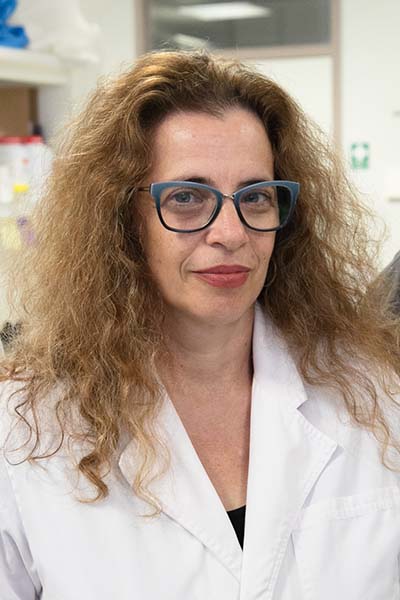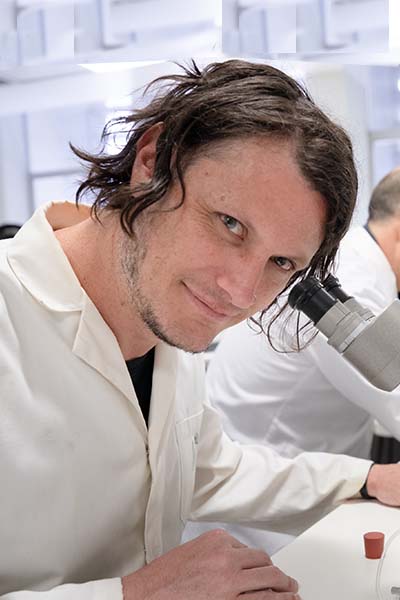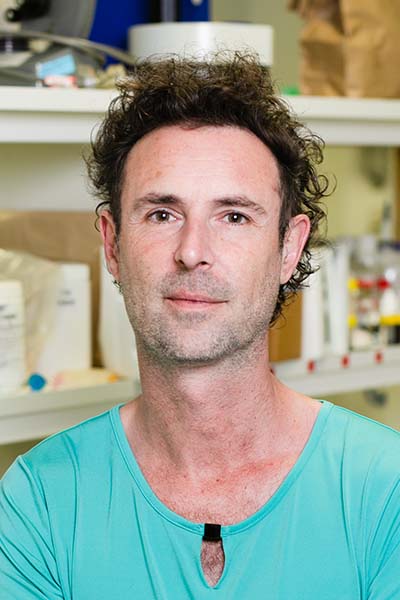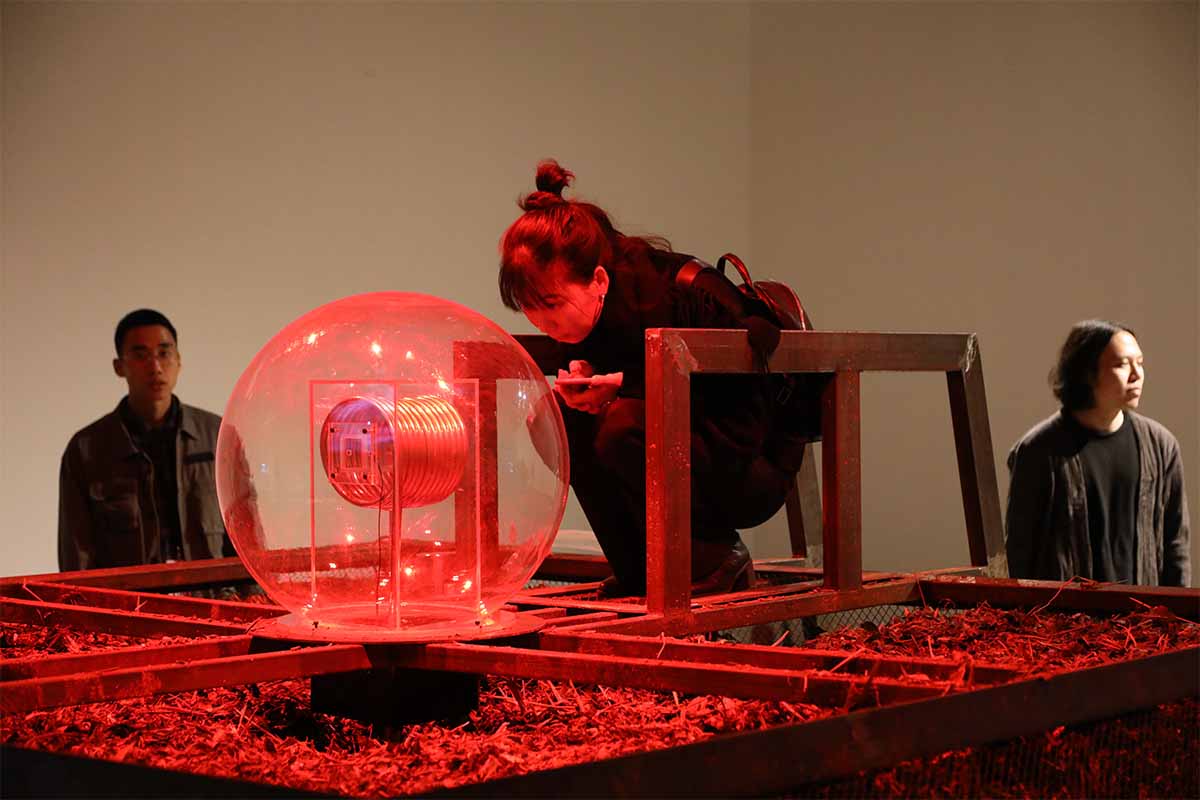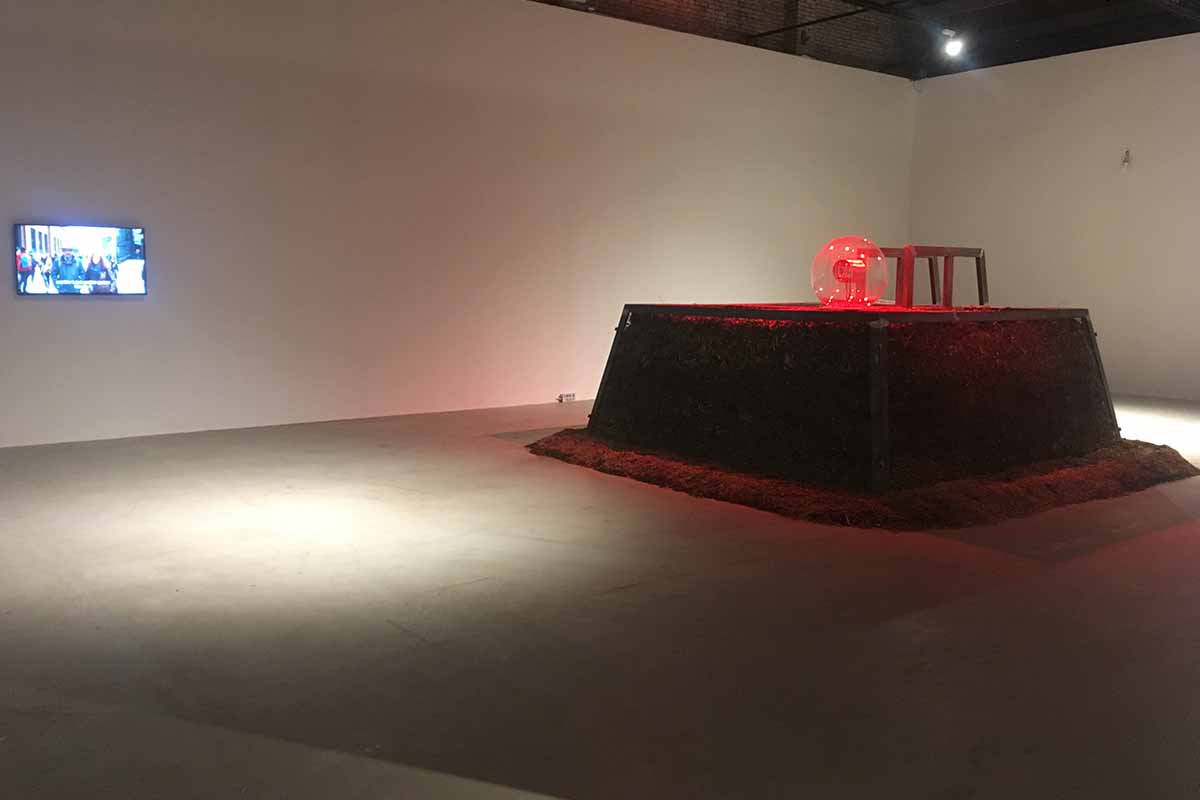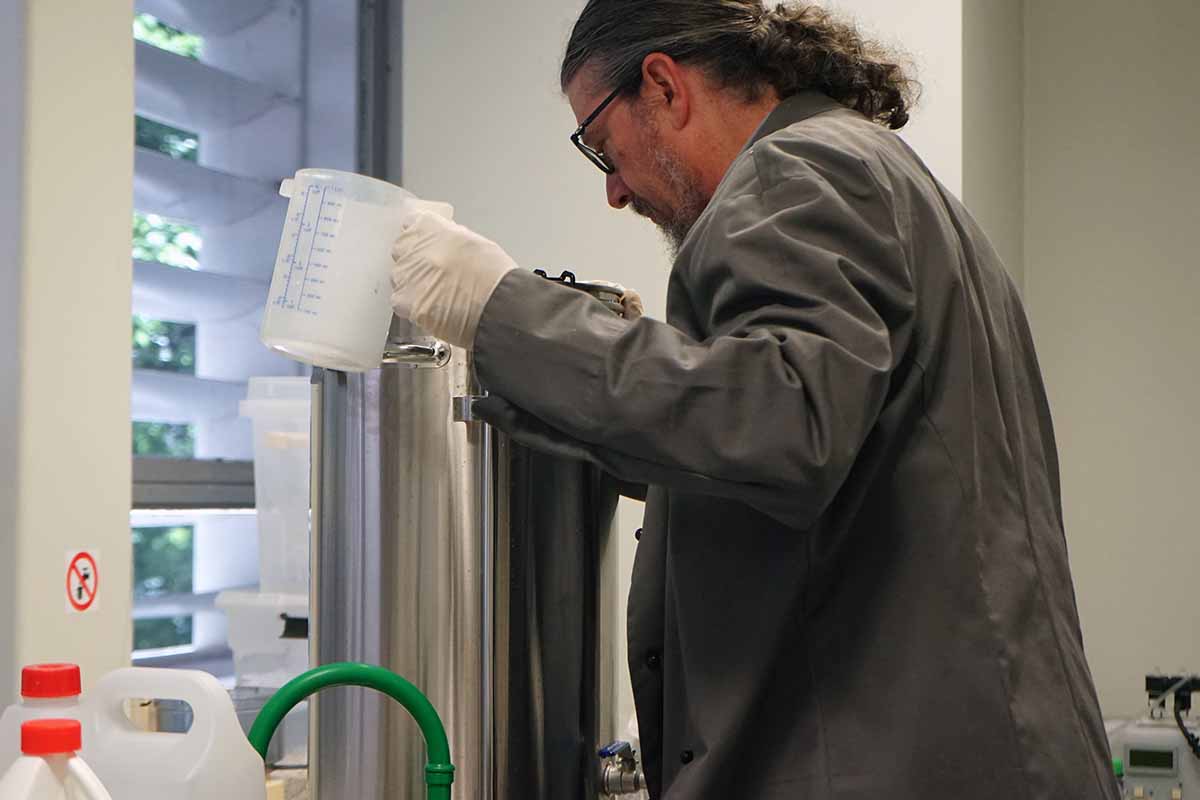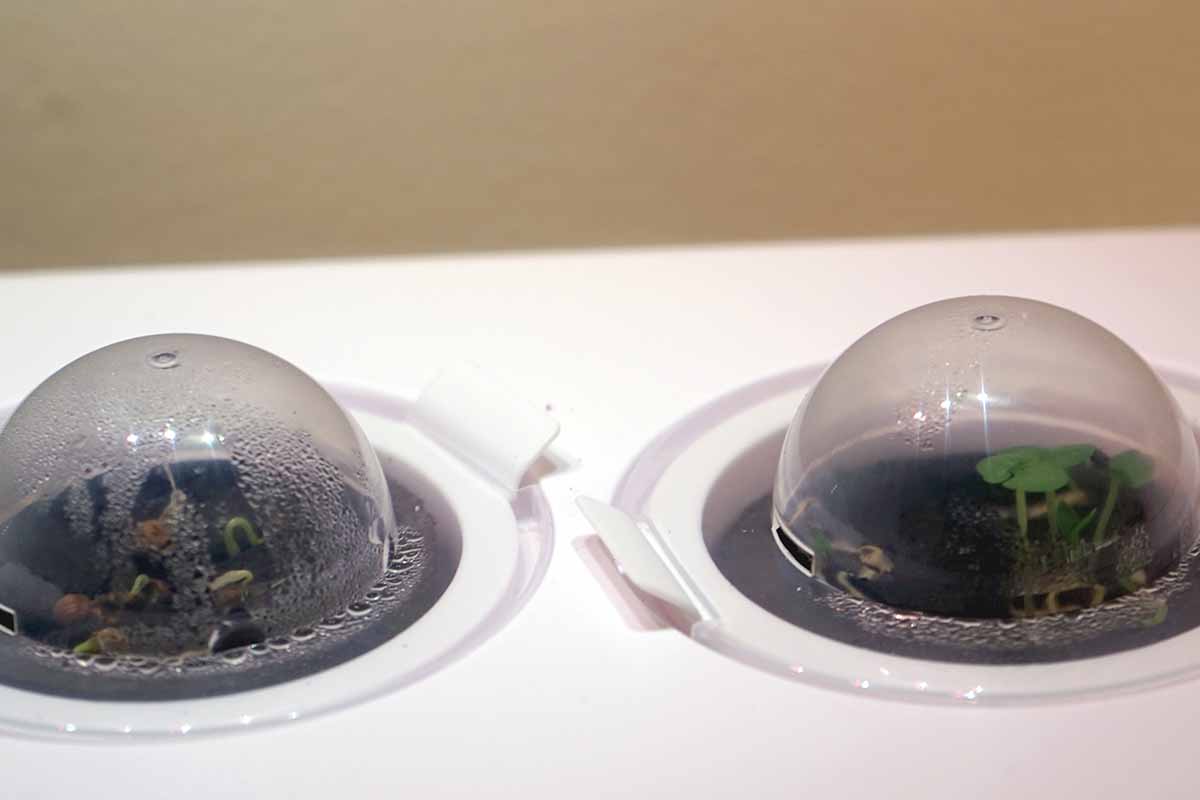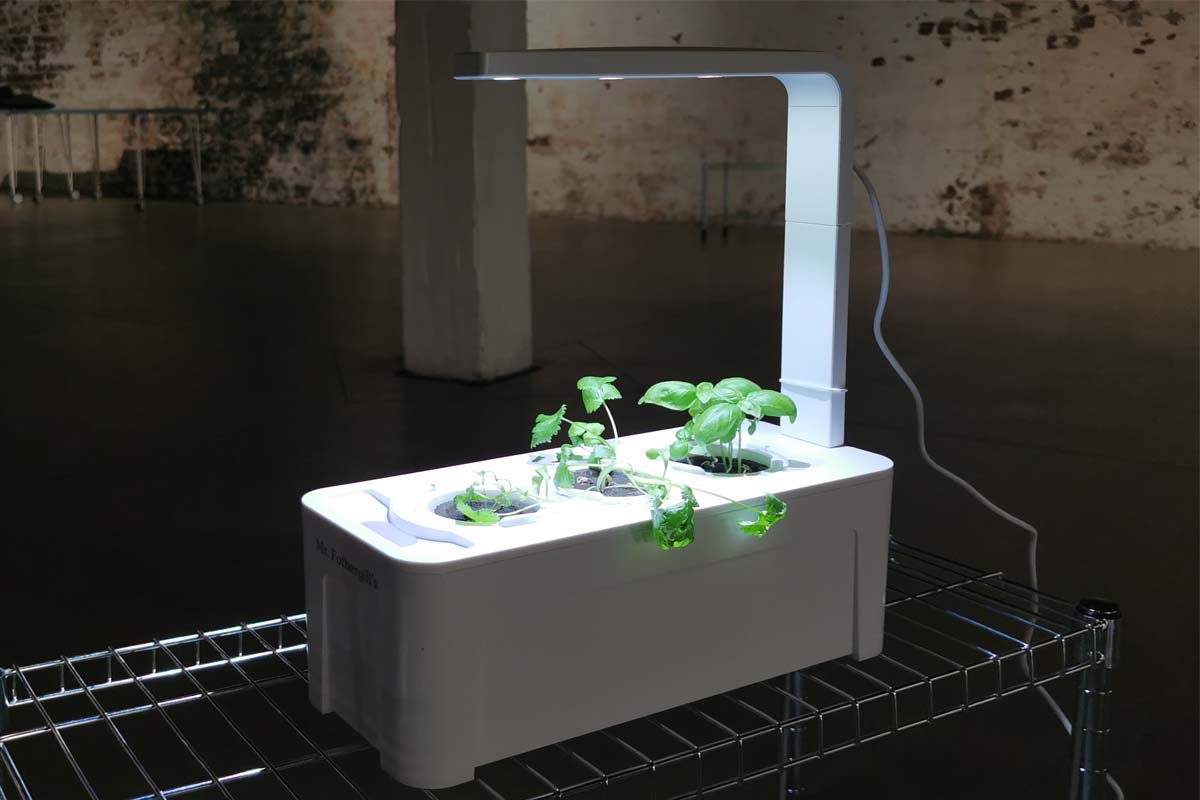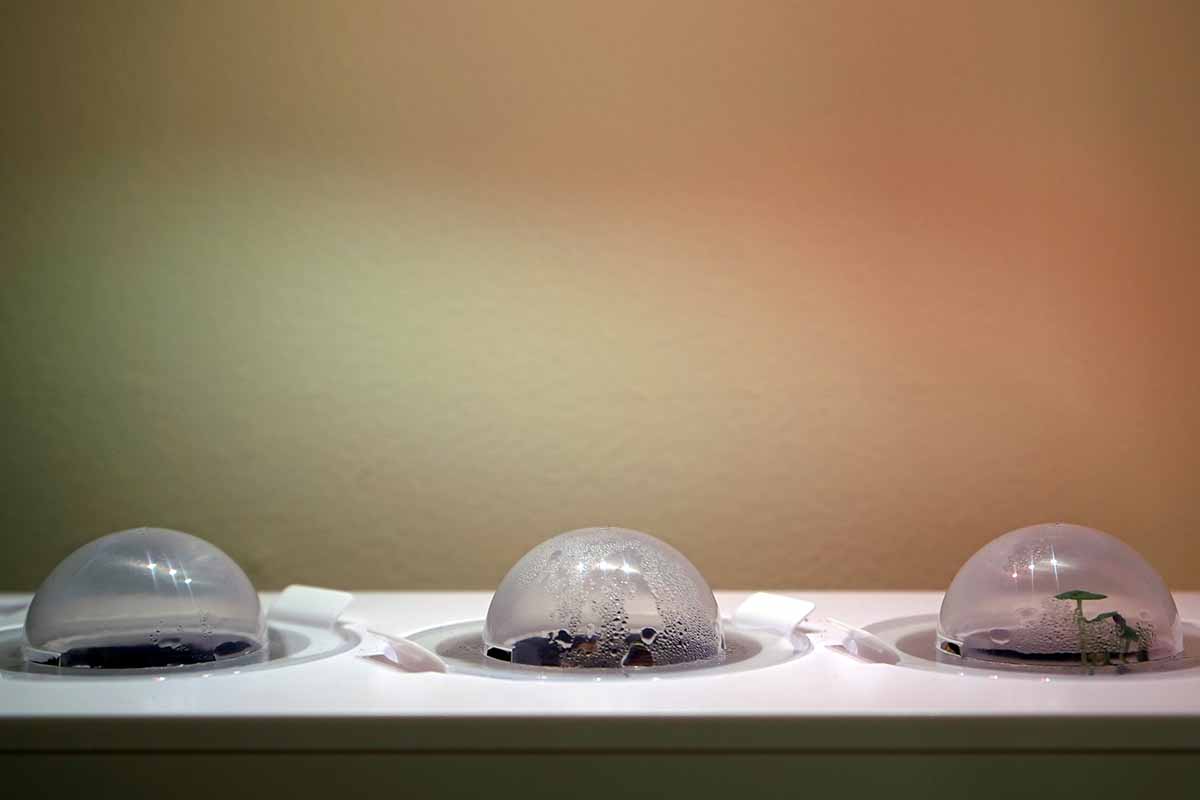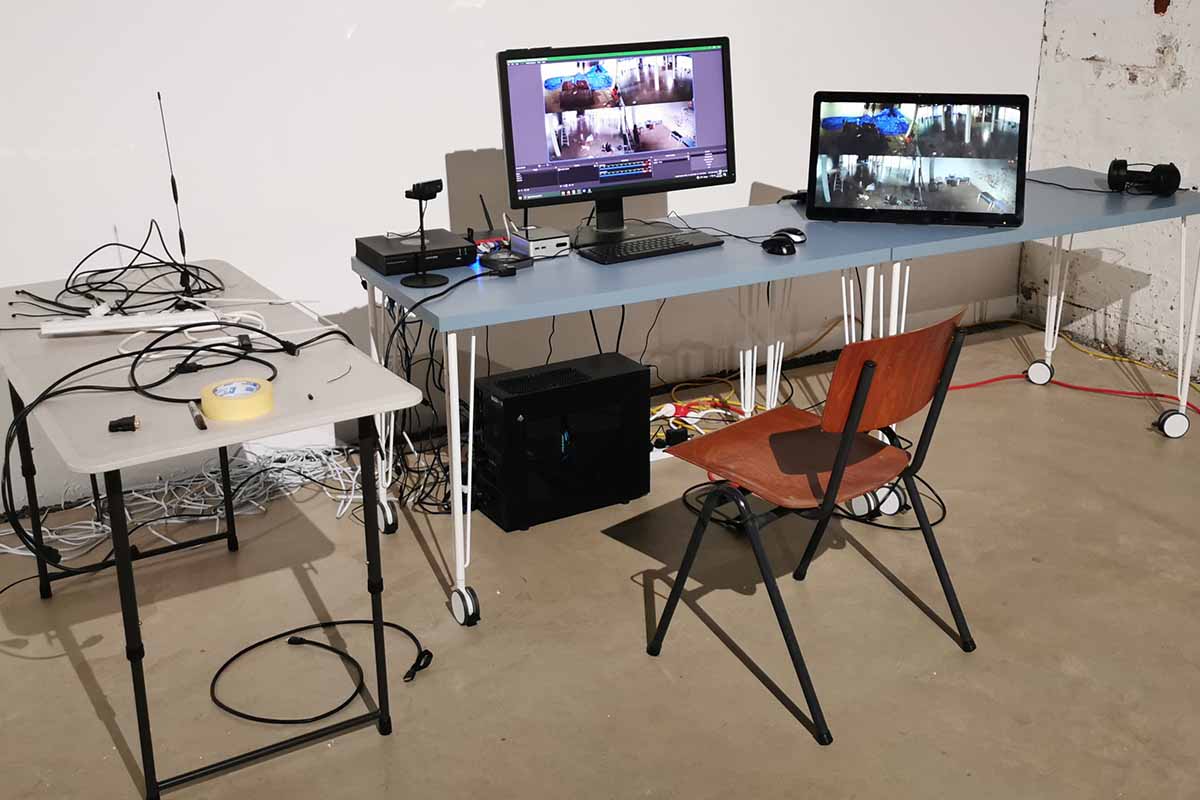Ionat Zurr, Oron Catts in collaboration with Steve Berrick
Opening: 5 February 6:30pm – 8:30 pm
Exhibition: 5 – 26 February Tues – Sat 10:00am – 4:00pm
Symposium: 10 February 10:00am - 5:00pm
Fervor Dinner: 10 + 11 February 7:00pm - 10:00pm
Vaccine Passports are only required for the opening & dinner events
PS 22–26 Pakenham Street
Fremantle / Walyalup, Australia
The Project
SymbioticA Presents: Ionat Zurr, Oron Catts in collaboration with Steve Berrick
Sunlight, Soil & Shit (De)Cycle
3SDC is a contestable food systems project about Agricultural Technology (AgTech).
The work is a performative durational experiment that includes public workshops, a symposium, a dinner party, live streaming of the event and a documentary. The work will take place in February 2022, during the Seedbox’s Community Garden event.
Sunlight, Soil and Shit (the 3 S’s) are the three elements our technological utopian future farming is trying to live without. “AgTech” (precision-agriculture intelligence) aims to automate and control food production, while non-standardised elements such as sunlight, soil and shit are removed in favour of artificial light, substrates and fertilizers.
In times of ecological crisis, there is a vital need for seriously playful artistic interventions into these fantasies of separating humans from Nature. By using aesthetics to intervene, sense and gain data of the different processes involved in food manufacturing we are allowing the public to consider their own relations with both Nature and human-made technology.
SymbioticA’s 3SDC builds resources to enable the community to accelerate metabolic rifts in agricultural innovation. This project considers whether the precursor to sustainable food systems will be the creation of a metabolic rift – were the means of production will grow ever distant from nature. An ecosystem of technologies that enable and promote transparency, networked experimentation, education, time and climate equity and hyper-local production.
We bring together partners from industry, government, and academia in a research collective that's creating collaborative tools and communities to explore contestable agricultural systems.
The Team
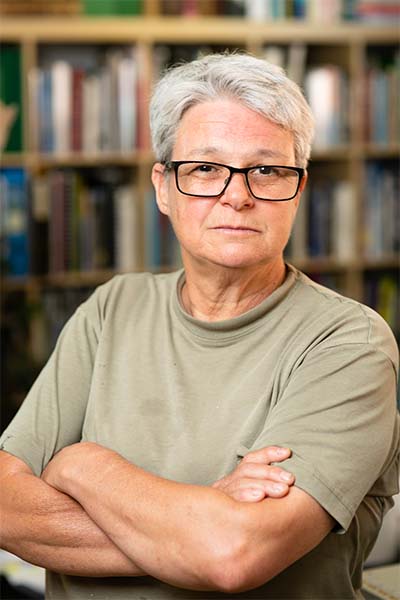
Strategic Art Services
JC Carter
Documentary
Documentary
Food Artist
Photographer
SymbioticA Manager
Chris Cobilis
Graphic Design
The Team

Strategic Art Services
JC Carter
Documentary
Documentary
Food Artist
Photographer
SymbioticA Manager
Chris Cobilis
Graphic Design
The Installation
The first iteration of this installation will be presented at PS Gallery in Fremantle Western Australia, February 6th – 26th 2022. The durational experiment will see different elements of this project developed and changed throughout the exhibition. Maintaining the utmost clarity and transparency of our process is the key to promote understanding of the impact of metabolic rifts.
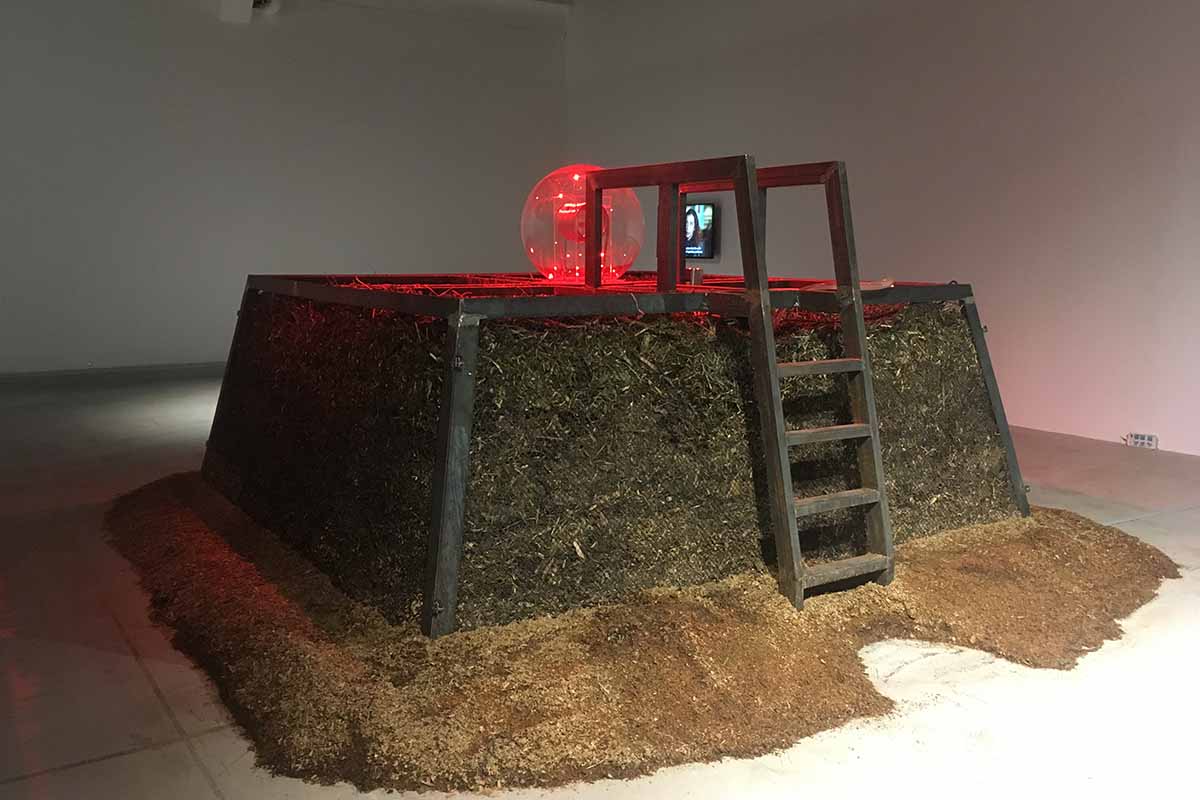
COMPOSTCUBATOR
A constructed compost pile which generates heat via bacterial metabolic activity that is distributed through a water flow to the custom designed tissue culture incubator positioned on top. The heated incubator sustains the growth of cells in a tissue culture flask to create what is today known as “lab-grown meat” (AKA in-vitro meat, clean meat, cultivated meat, and cultured meat). This type of “meat” is the cornerstone of what is called Cellular Agriculture – growing animal products without the animal. Cellular Agriculture brings the field/farm into the laboratory; while our system brings the laboratory to the field.
ALKALINE HYDROLYSIS
Also known as Aquamation and biocremation. A waste stream marvel, our Alkaline Hydrolysis chamber is using a hacked brewing equipment to breakdown small to medium size carcases to create nutritional supplement to our hydroponic garden.
Originally, in 1888, the process was patented as a way of transforming farm animals into fertiliser. Today it is marketed as a sustainable alternative to traditional burial or cremation. In this installation Alkaline Hydrolysis will be used to make fertiliser out of meat and fishing waste.
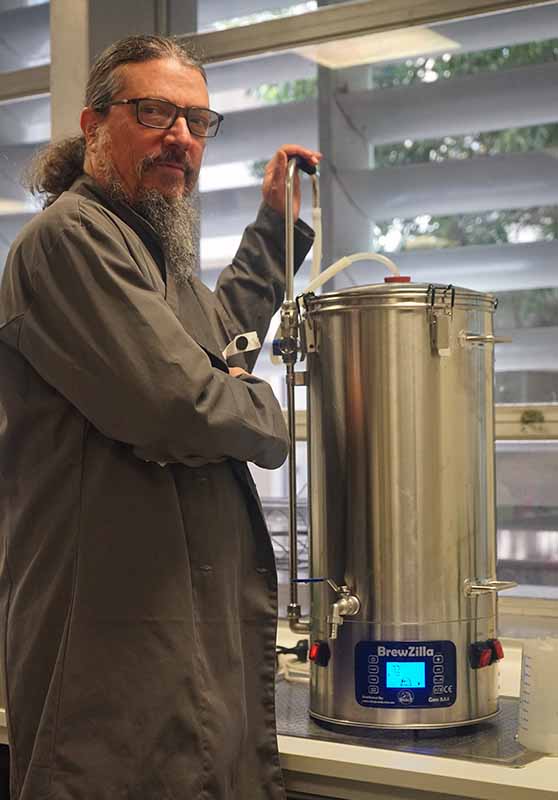
HYDROPONIC GARDEN
To complete the cycle, the fertiliser will be sprinkled over the HYDROPONIC GARDEN. The garden is lit by artificial light produced from solar energy (when available). The plants growing are used to enrich the COMPOSTCUBATOR . The artificial lighting for the hydroponic system will align with different geographical time zones, to adhere to our time zone equity philosophy.
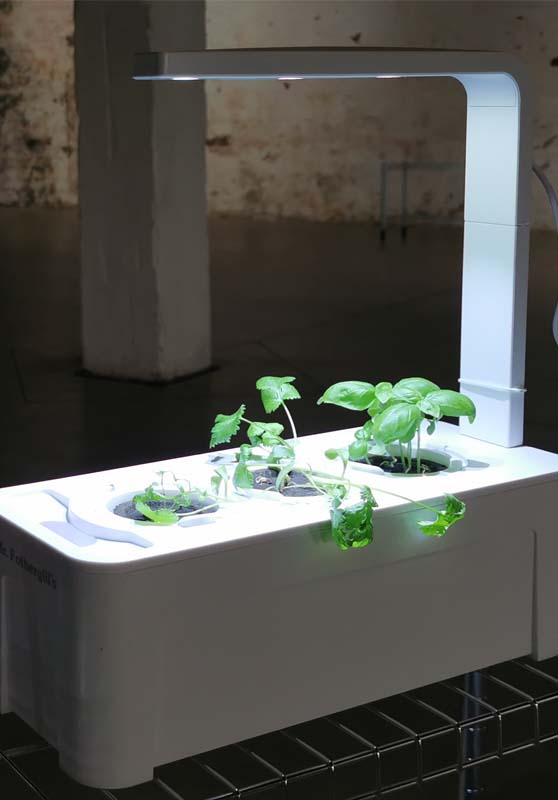
CONTROL ROOM
The cycle is complete. An array of SENSORS such as thermo, CO2, PH, movement and cameras are used to collect data for display in the CONTROL ROOM, avoiding the need to look and actually observe the plants, tissues, sun, soil or other 'unreliable' elements. The control room is the nerve-centre where the accumulation of data provides unique and superior instant clarity.
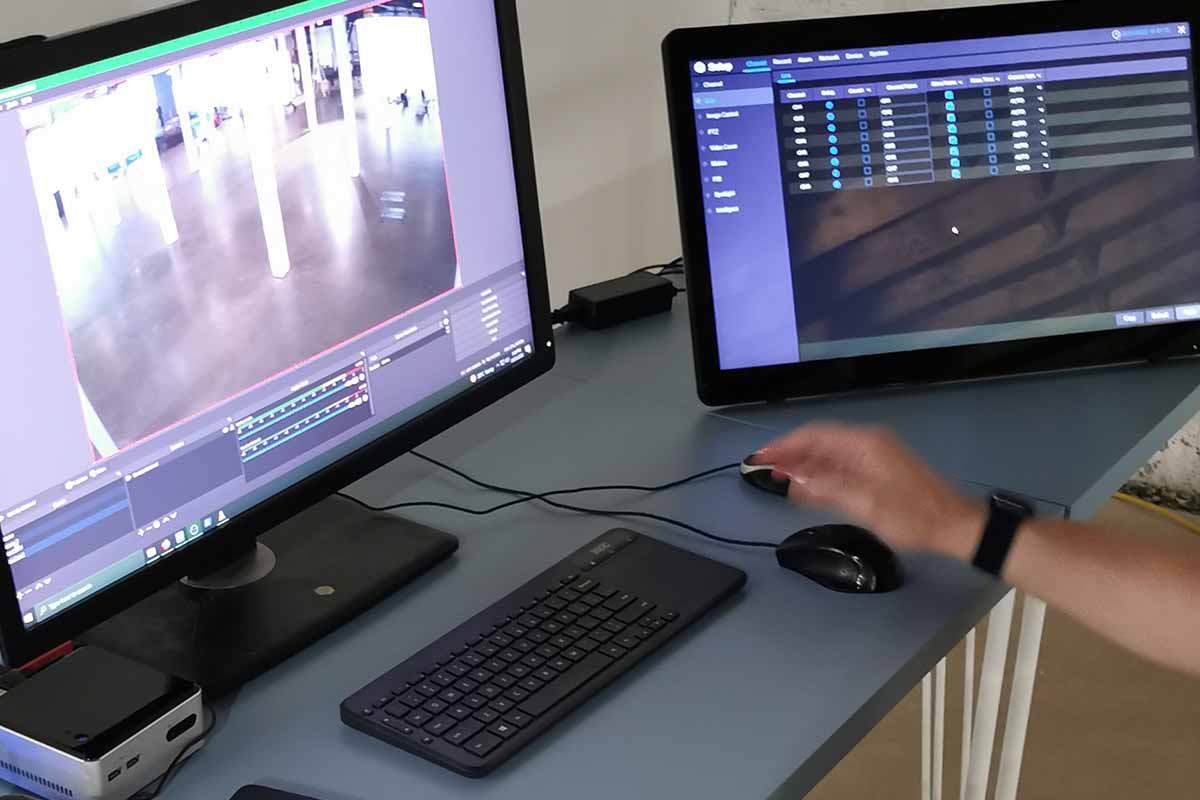
The Installation
The first iteration of this installation will be presented at PS Gallery in Fremantle Western Australia, February 6th – 26th 2022. The durational experiment will see different elements of this project developed and changed throughout the exhibition. Maintaining the utmost clarity and transparency of our process is the key to promote understanding of the impact of metabolic rifts.

COMPOSTCUBATOR
A constructed compost pile which generates heat via bacterial metabolic activity that is distributed through a water flow to the custom designed tissue culture incubator positioned on top. The heated incubator sustains the growth of cells in a tissue culture flask to create what is today known as “lab-grown meat” (AKA in-vitro meat, clean meat, cultivated meat, and cultured meat). This type of “meat” is the cornerstone of what is called Cellular Agriculture – growing animal products without the animal. Cellular Agriculture brings the field/farm into the laboratory; while our system brings the laboratory to the field.
ALKALINE HYDROLYSIS
Also known as Aquamation and biocremation. A waste stream marvel, our Alkaline Hydrolysis chamber is using a hacked brewing equipment to breakdown small to medium size carcases to create nutritional supplement to our hydroponic garden.
Originally, in 1888, the process was patented as a way of transforming farm animals into fertiliser. Today it is marketed as a sustainable alternative to traditional burial or cremation. In this installation Alkaline Hydrolysis will be used to make fertiliser out of meat and fishing waste.

HYDROPONIC GARDEN
To complete the cycle, the fertiliser will be sprinkled over the HYDROPONIC GARDEN. The garden is lit by artificial light produced from solar energy (when available). The plants growing are used to enrich the COMPOSTCUBATOR . The artificial lighting for the hydroponic system will align with different geographical time zones, to adhere to our time zone equity philosophy.

CONTROL ROOM
The cycle is complete. An array of SENSORS such as thermo, CO2, PH, movement and cameras are used to collect data for display in the CONTROL ROOM, avoiding the need to look and actually observe the plants, tissues, sun, soil or other 'unreliable' elements. The control room is the nerve-centre where the accumulation of data provides unique and superior instant clarity.

Live Feed
Watch live as the 3SDC team work their magic
3SDC Events
The Symposium
The Contestable Food Systems Symposium: an interdisciplinary meeting on the future of food.
Thursday 10 February 2022
10:00am - 5:00pm AWST (in person)
This one-day curated in-person symposium will explore and contest some of the fantasies surrounding tech based future food systems. It will focus on the attempts optimise and standardise food production by removing uncontrollable variables such as sunlight (shorthand for seasonality and weather) and soil (or more generally, what we used to call nature…). For more information and to attend in-person please hit the link
Community Garden
Automated Cultures Digestion Panel: Seedbox Community Garden Event.
Thursday 10 February 2022
5:00pm AWST (in person and online)
The final session of the symposium is the Automated Cultures Digestion panel (both online and in-person) with Tarsh Bates, Sarah Collins, Catie Gressier, Ionat Zurr and moderator Oron Catts.
The panel will further explore and contest some of the fantasies surrounding tech based future food systems.
Fervor Dinner
Fervor Degustation
Thursday 10 February 2022
Friday 11 February 2022
7:00 pm - 11:00 pm AWST
Over two nights Fervor will deliver an extraordinary dining experience set directly within the Sunlight, Soil and Shit exhibition at PSAS.
Coming together to share food and wine is the perfect medium for discussion in every part of the world! Join Fervor longside Perth-based sommelier and wine educator, Trent Everitt; for a five-course paired degustation, in a post-symposium celebration of Sunlight, Soil, and Shit, as we reflect on the important relationships within our food system and how we can imagine things differently going forward to live more harmoniously with nature. Not for Her sake, but for ours.
Tickets are extremely limited so please get in quick!
The Investors
This project has been funded by the Department of Local Government Sport & Cultural Industries (WA), assisted by the Australian Government through the Australia Council, its arts funding and advisory body and The Seed Box program, which is funded by MISTRA – The Swedish Foundation For Strategic Environmental Research – and Formas – a Swedish Research Council for Sustainable Development.
Credits
Team Photography, Daniel James Grant
Chronus Art Center, Shanghai in 2019 photography: Zhong Han
Oron Catts and Hydrolysis Urn, photography Jasmine Ferguson
Hero website image courstey: Federico Respini, unsplash.com/@federicorespini
Cloud image: photography CHUTTERSNAP on Unsplash
Square Peg Design
